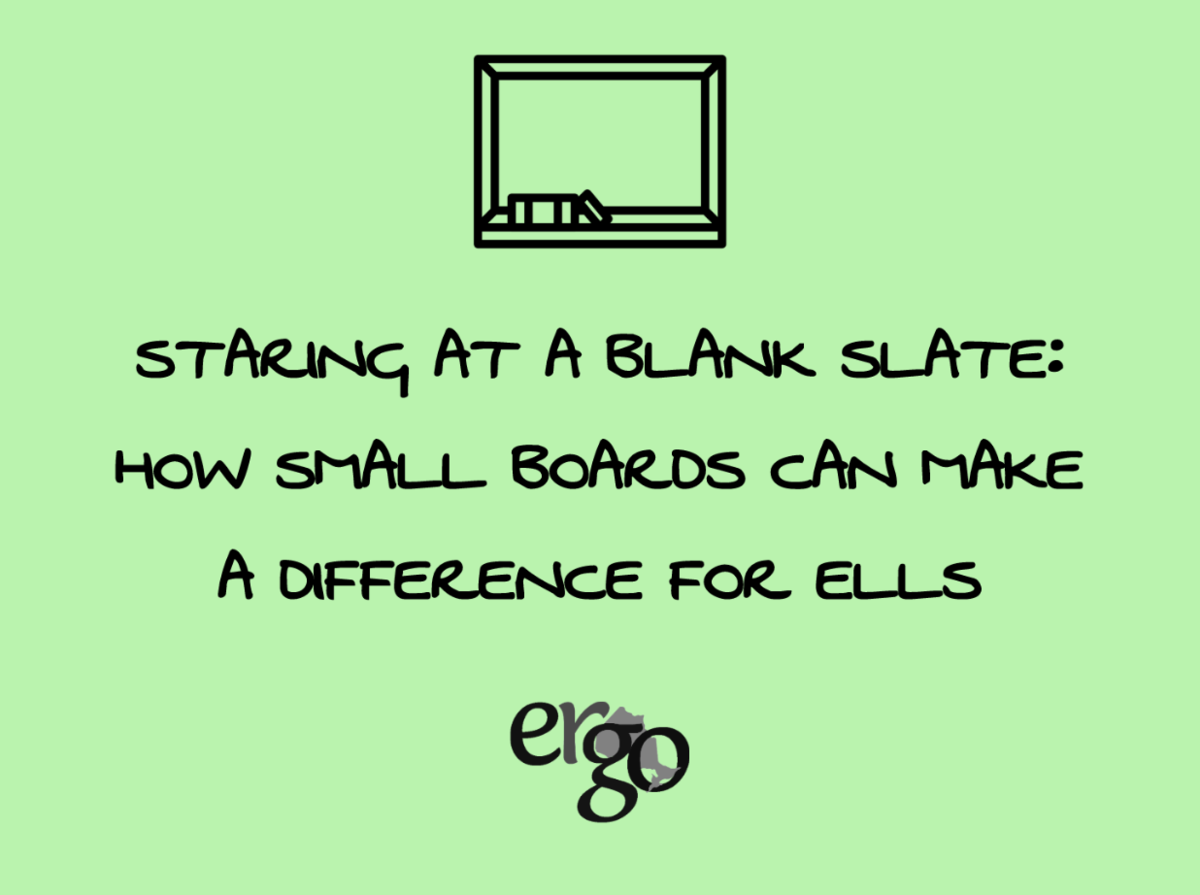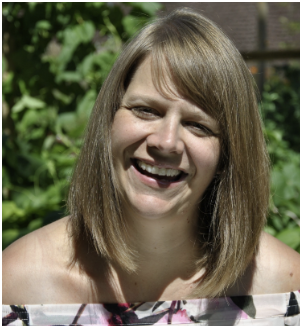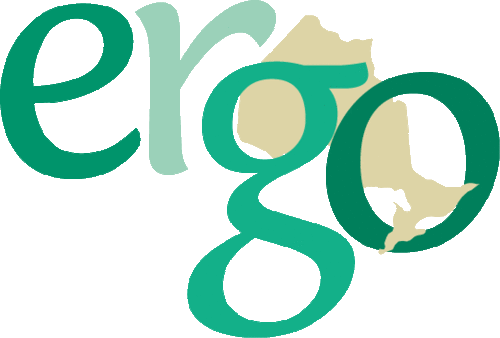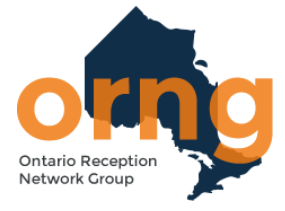
We collect basic website visitor information on this website and store it in cookies. We also utilize Google Analytics to track page view information to assist us in improving our website.

Staring At A Blank Slate: How Small Boards Can Make A Difference For ELLs
By Kaila O’Callaghan
Like many boards across the province of Ontario, the Algoma region, particularly the city of Sault Ste. Marie, Ontario, Canada, has been faced with a rapidly changing demographic and we have recently found ourselves supporting exponential growth in our ELL population across many of the schools throughout the district. Given the changing face of our schools and the unique gifts and needs of this student population, we felt compelled to begin to create programs, policies and procedures that would make learning accessible to everyone. This, of course, was and continues to be a difficult call to action in a small board where ELLs make up a growing, but still relatively small portion of our population. Creating programs and supports with limited resources that need to be stretched over a wide area can be a creative challenge.
That said, it is possible. Since 2016, our board has implemented a registration procedure that requires initial assessments and family interviews for all incoming ELLs. We’ve worked with all our administrators and teachers of ELLs on their understanding and use of STEPs. We’ve presented our work at Celebrating Linguistic Diversity Conference (twice!) We have two elementary itinerants supporting our ELLs and a grade 6-8 ELD class. One of our high schools offers an ELD program with credit classes for math and English and another provides ESL credits, and our board is actively growing a new international program. It’s been a busy four years! We are by no means finished our work, but we feel like we’re off to a good start.
A blank slate can be a real challenge, but it can also be an incredible opportunity, so when I think of boards like ours who are currently in the place we found ourselves a few short years ago, I can recommend some vital steps in starting the journey to shift the culture so that they can provide programs, policies and procedures that recognize and enhance the experience of English Language Learners:
Network. Network. Network. We would not be anywhere close to where we are without the connections we have made across the province. So many boards and their teachers were instrumental in supporting our learning. A great thing about the ELL community of educators is that it is really quite small and also incredibly welcoming. We visited boards and programs, we asked questions, we borrowed materials and resources, we called everyone, and we invited them to visit us. That blank slate came in handy because it enabled us to build off of the work of other boards, to take what worked and didn’t work for them and to pick and choose the models and resources that made the most sense for our context. Join ERGO, find out who the ELL coordinators are at various boards, learn the contact details of your Ministry Education Officers and add them to your speed dial.
When we first started trying to map out all of the needs of our system in supporting ELLs, we found ourselves overwhelmed at the long to-do list that we eventually came up with, but we sat back, took a breath and decided to start at the start– which happened to be the first thing we do when any new ELL comes to our board – our welcoming process. We began by clearly defining what that would look like for our board and that was vital. For us it involves a clear registration process that includes an assessment team that administers initial assessments, supported by transition to school support prior to any ELL starting at any of our schools. This was vital and it now means that no ELL enters our system without being recognized, welcomed and being provided the appropriate supports. From there we were able to use this to guide our work with administrators in creating awareness around this population of students, and later, when we moved on to working with classroom teachers, the results of the initial assessments and placement on STEP became a necessary part of our ongoing conversations about instructional supports and modifications for ELLs.
At the end of the day, we have only been able to move forward because of the incredibly supportive senior administration team at our board, who each continue to recognize the ways in which English language learners and their needs intersect with all aspects of our system. ELLs are a small piece of their much larger puzzle, so we had to advocate for this particular group of students, for sure. And that advocacy involves the ability to deeply understand what ELLs need to thrive in our education system, how our policies and procedures support that and what barriers stand in the way. We learned about where funding comes from for ELLs. We lived in the English Language Learners Policy document. We asked a lot of questions. We worked with folks in the transportation department and secretarial staff and administrators. We worked with community partners and volunteers and families and of course, classroom teachers. In working with every group, it’s important to be able to articulate why this work matters and what it means. And if you’re in a board where the ELL population has typically been underserved, recognize that it will take time to change mindsets and historically entrenched practices. Be tireless in your advocacy.
Creating programs, policies and procedures that support the gifts that our English language learner populations bring to our schools can be a daunting task when just starting out because it requires a fundamental shift in many of our historical practices. It requires looking at things differently, questioning the status quo and getting creative with our resources. But it is so necessary. When we recognize this particular group of students and their unique strengths, gifts and needs, our schools become richer places of learning for all of our students - we open up opportunities to think about how all students learn best, we challenge our old ways of thinking and doing and we begin to create spaces that value multiple ways of seeing the world.

Kaila O’Callaghan has been a classroom teacher for over 20 years. Her passion for learning and languages has brought her all around the world. She started her career teaching ELLs in Barranquilla, Colombia before moving on to work with struggling adolescent readers and writers in a vocational school setting. During that time she trained as a Language trainer throughout the United States. In 2010, she completed her MA in Applied Linguistics at University College Cork, Ireland, her dissertation focusing on striving adolescent readers. She has served as the Secondary Literacy Lead for the Algoma District School Board and is currently the ELL Coordinator for the ADSB. She has presented her work at a number of conferences including OTR, Reading for the Love of It, and Celebrating Linguistic Diversity. She is also a member of the ADSB e-learning team that won the 2016 Ken Spencer Award for Innovation in Teaching and Learning for their work transforming online learning spaces. She’s the proud mother of a curious 8 year-old and wife to a charming Irish man. In her spare time, she travels as much as she can and soaks up as much music and theatre as possible.

